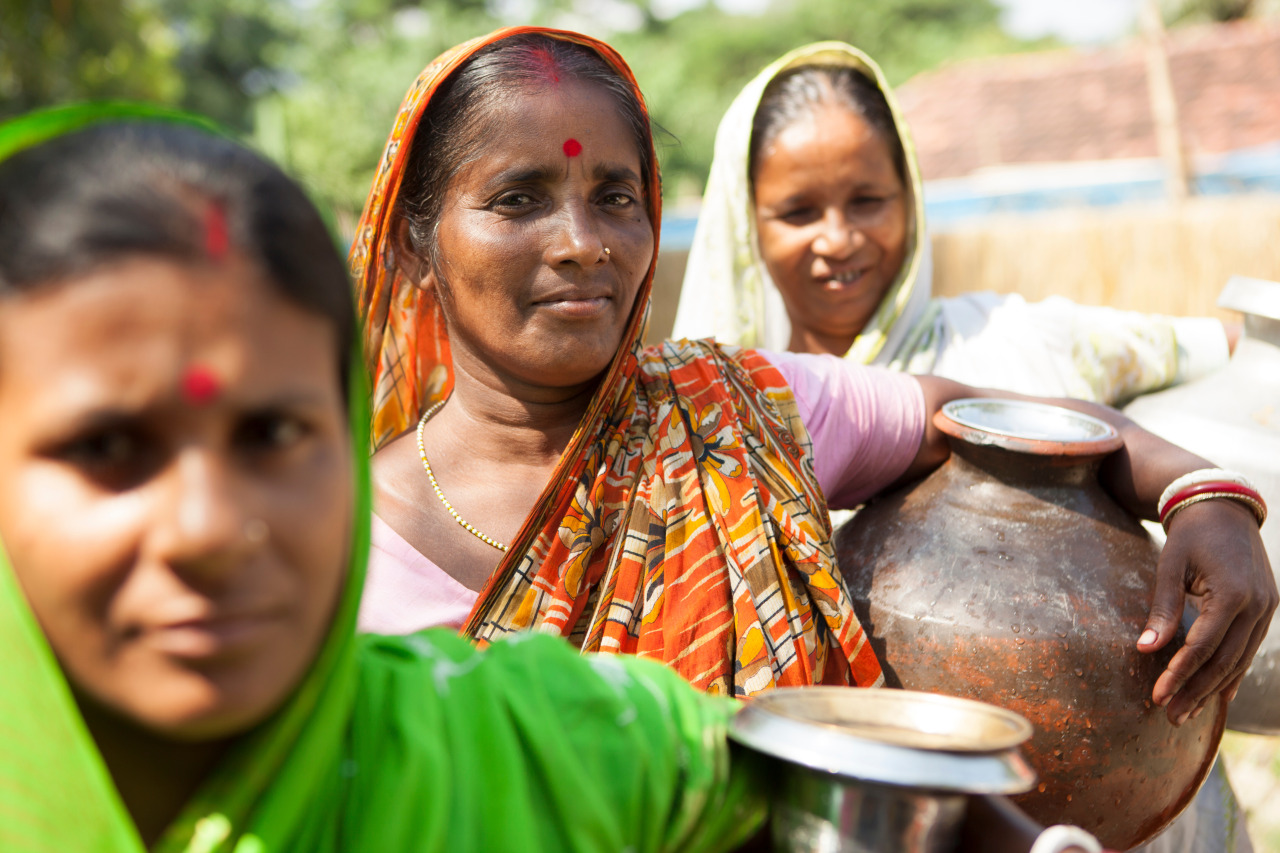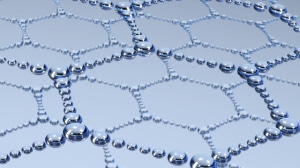We here at Tata & Howard wish you all a happy, healthy, and safe holiday and prosperous new year!
It’s the holidays again and ’tis the season for giving gifts, being with our loved ones and celebrating our good fortune by helping those in need.

Here at Tata & Howard we are doing just that. 2014 has been a busy year for us; one of growth and many successes delivering and maintaining proper access to clean water sources for communities all over the country . That is why at this time of year we like to support the gift of clean water for those who sadly don’t have access to this basic human right in other countries. In addition to the great community service work our regional offices do locally, our team also contributes throughout the year to our corporate holiday giving fund. At the end of year the money which staff have contributed is then matched by the company and donated to Water for People.
This global non-profit explains their work is as simple as their name. “We want all people to have safe, continuous water, and when they do, our job will be done. We want water for everyone, forever.”
Currently, 748 million people around the world do not have access to clean water. And, 2.5 billion people – or one in three people – do not have access to something as basic as a toilet. Lack of access to clean water is at epidemic proportions and contributes to higher mortality rates, lower education levels, and increased violence in countries affected.
Water for People is looking beyond toilets and wells and water pumps, and into the future. The group works with people in affected countries to find out how they live and what they need to feel healthy, safe, empowered, and successful. As their website says, “We’re designing solutions based on long-term needs — and long lives. We don’t want to be around forever, but we want water to be.”
And this non-profit gets it. The founders, Ken Miller, a former president of AWWA, Wayne Weiss, and John B. Mannion, a former executive director of AWWA, joined forces to create a path for Water For People’s establishment as an international nonprofit development organization in 1991, which grew to become a leader in social responsibility and innovation in the sector.
Today, Water For People is the AWWA designated charity of choice, and is also endorsed by the Water Environment Federation, the Water Quality Association, the National Association of Water Companies, the National Association of Clean Water Agencies, and the Association of Metropolitan Water Agencies.
40 BILLION HOURS from Water For People on Vimeo.
Find out more about their work by visiting their website We hope you are inspired as much as we are to give thanks at this year’s end by contributing to support the development of clean and healthy water sources for more around the world.
We here at Tata & Howard wish you all a happy, healthy, and safe holiday and prosperous new year!

